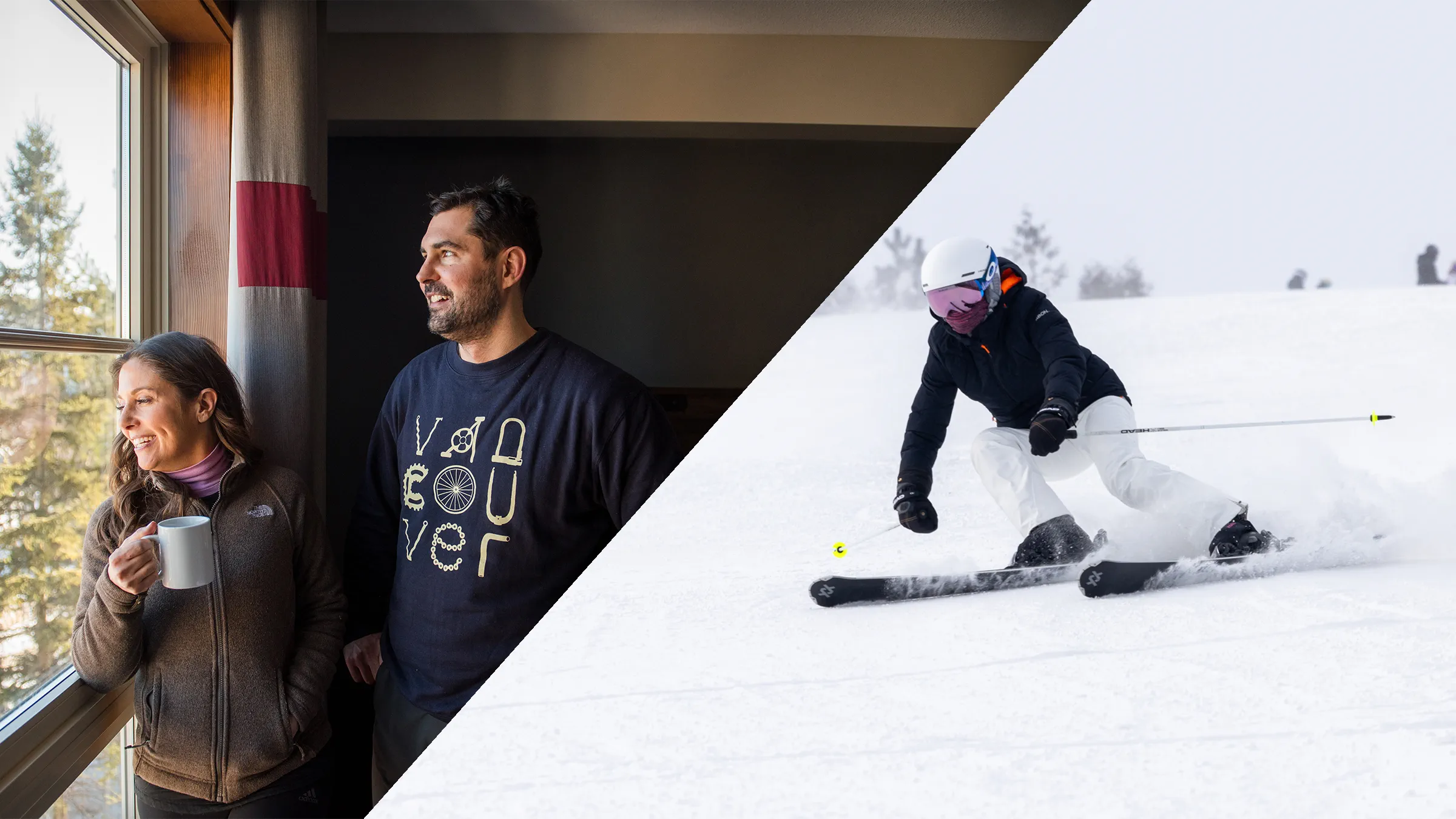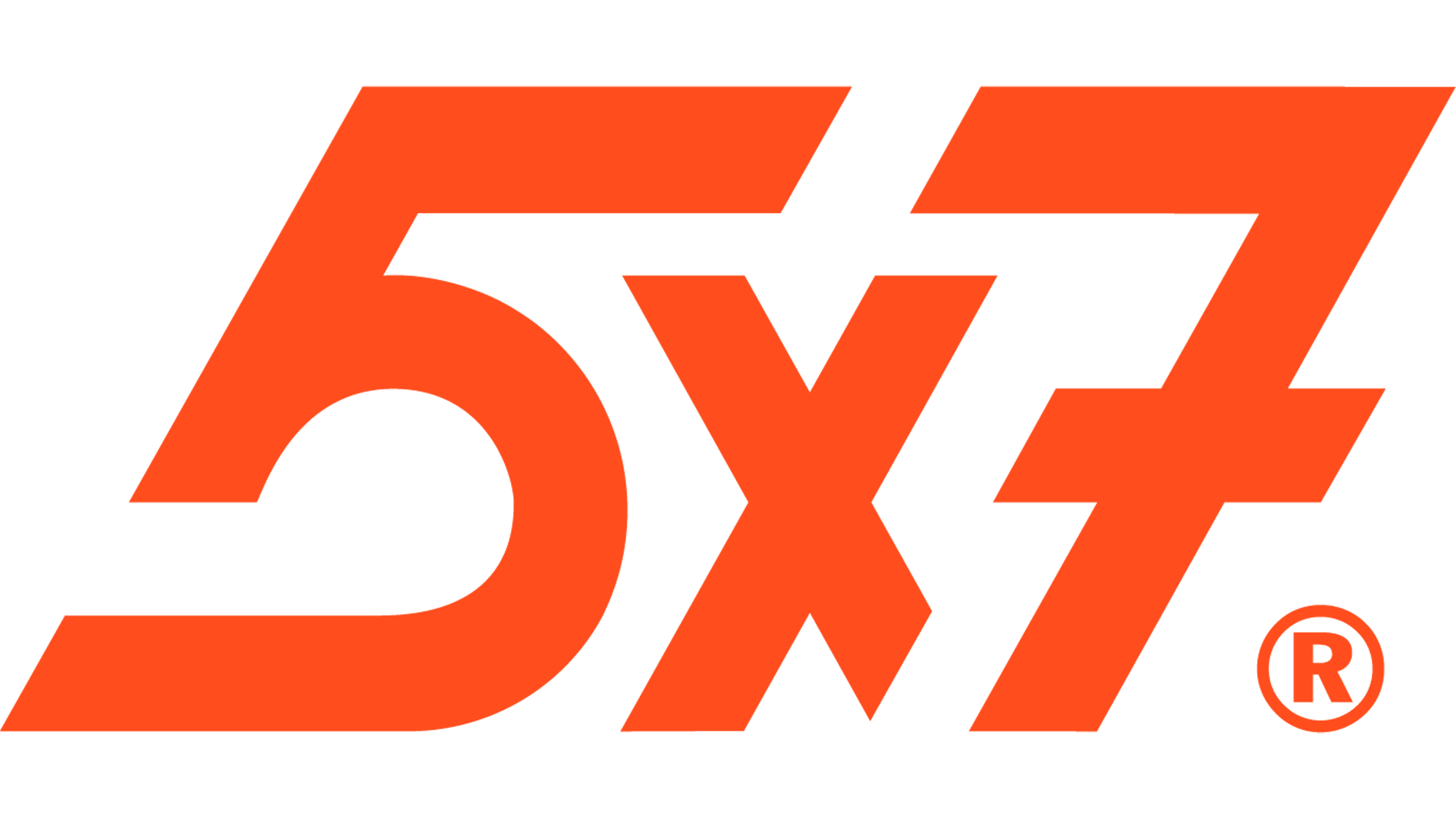Learn To Ski Or Ride At Blue Mountain
At Blue Mountain, learning to ski or snowboard is easy to understand and designed to help you succeed. Learning something new can be intimidating, but you’re never alone in your learn-to-ski journey at Blue. Whether you're giving it a try, or committed to a season, the team at Blue has thought of every detail to help make learning easy. From getting geared up to taking on the chairlift for the first time, we’re with you, cheering you on along the way.
rich-text, responsive-tableWith our step-by-step Beginner Bundles, you have the option to progress through a guided three-visit journey that guarantees you’ll graduate to the top of the mountain. Each visit builds your confidence and skills, and when you complete the program, you’ll earn a FREE 5x7® Pass to keep the adventure going all season long.
Learn to Ski Now rich-text, responsive-tableThe beginner journey at Blue Mountain is a simple, three-step path that takes you from your first day on snow to your first run from the top of the mountain.
rich-text, responsive-tableIntroduction to the basics—how to balance, glide, and stop.
rich-text, responsive-tableProgress onto beginner runs, link turns, and build confidence.
rich-text, responsive-tableHead to the summit, where you’ll apply everything you’ve learned.
rich-text, responsive-tableWhen you graduate by skiing or riding from the top, you’ll earn a FREE 5x7® Pass—your pass to a full season of winter fun at Blue.
rich-text, responsive-tableBlue has two beginner learning areas designed just for new riders. Located at the South Base Lodge and in the Village, these zones feature gentle terrain, easy-loading lifts, and wide-open spaces that let you focus on building confidence one step at a time. Whether you’re taking your first lesson or practicing new skills, these learning areas provide an approachable environment to start your mountain journey and set yourself up for success.
rich-text, responsive-table rich-text, responsive-table
rich-text, responsive-table
Choosing between skiing and snowboarding often comes down to how you like to move and balance. Skiing tends to feel more natural for many beginners, as your legs move independently and you face forward, which can make balance and turning easier to grasp at first. Snowboarding, on the other hand, has a steeper initial learning curve. You’ll be standing sideways and using your whole body to steer, but once you find your rhythm, progression can come quickly. Both are fun, rewarding ways to enjoy winter, so the best choice is the one that feels most exciting to you.
rich-text, responsive-tableWhen you learn to ski or snowboard at Blue Mountain, you’re not just learning something new, you’re unlocking an entire season of fun. It’s the start of crisp mornings, chairlift laughs, and that unbeatable feeling of being a part of the mountain.
rich-text, responsive-table
Every lesson is a new adventure, every turn a story you’ll tell at après. You’ll meet people who live for the same things you do: fresh snow, mountain air, and making the most of every winter day.
Because at Blue, learning is just the beginning. Soon you’ll be exploring new runs, chasing that perfect turn, and finding your rhythm from first chair to last call.
And when the lifts stop spinning? The energy keeps going. Warm up by the fire, grab a bite in the Village, or toast to a day well spent because at Blue Mountain, winter isn’t just a season. It’s a vibe.
rich-text, responsive-table



